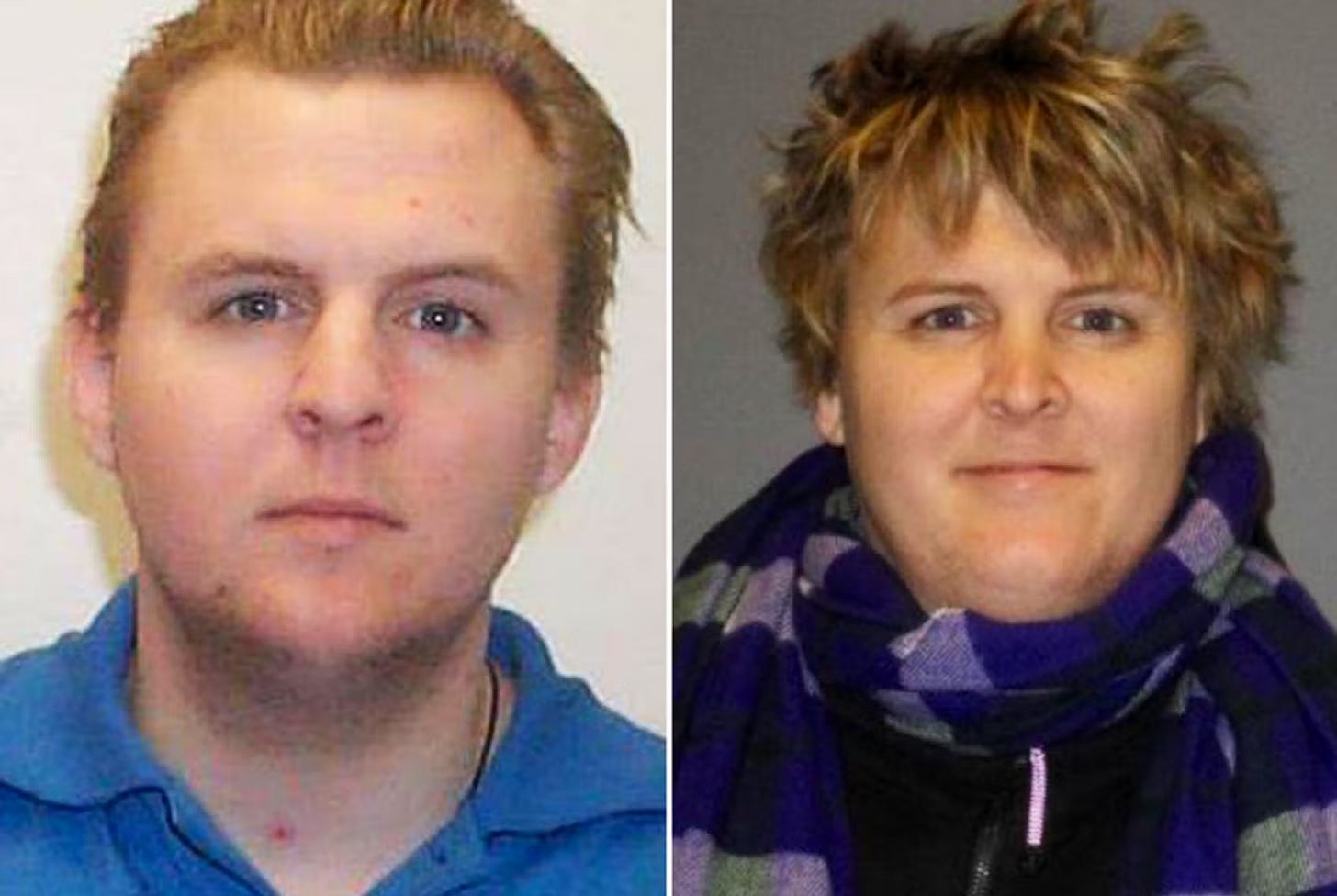Male Prisoners Who Claim to Be Women Are Not Vulnerable—In Fact, They Are More Dangerous Than Other Men
We have the stats to prove it.
There is a persistent narrative among trans rights activists that trans-identified male prisoners are incredibly vulnerable. So vulnerable, in fact, that they have no choice but to take shelter among women.
Never mind the fact that no other population of vulnerable male prisoners—elderly men, young men, men with disabilities, even gay men—have ever demanded accommodation in the female estate; the claim that trans-identified men are particularly vulnerable as a group is simply not true.
In fact, they are particularly dangerous.
Statistics consistently show that roughly half of male prisoners who claim to be women are incarcerated for sex offenses, which is significantly higher than the rest of the male prison population (and which eclipses the rate of sex offenders among women).
The first time this fact was brought to wider attention was with official United Kingdom Ministry of Justice statistics obtained in 2020. The data was submitted a…
Keep reading with a 7-day free trial
Subscribe to The Distance to keep reading this post and get 7 days of free access to the full post archives.



